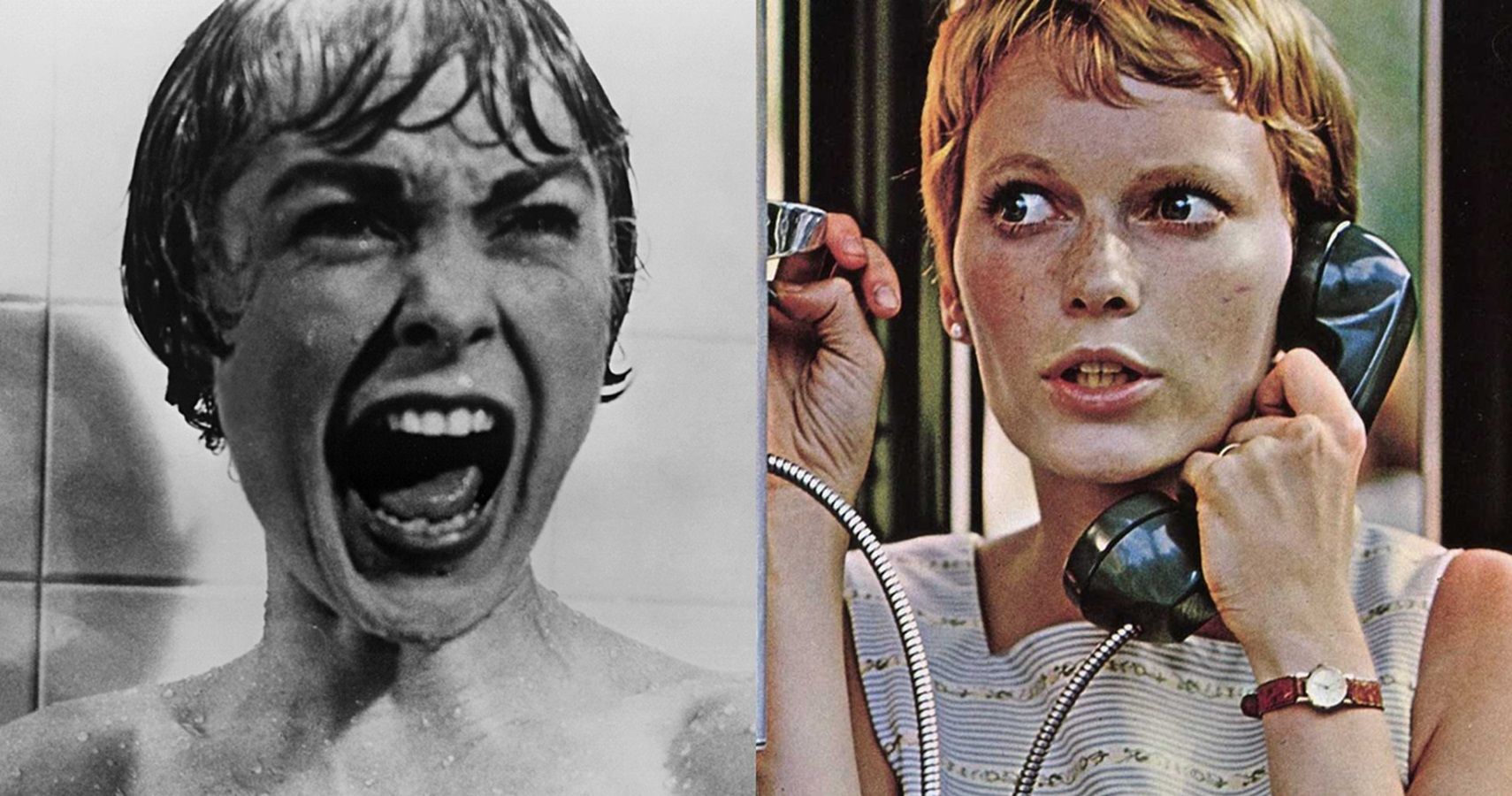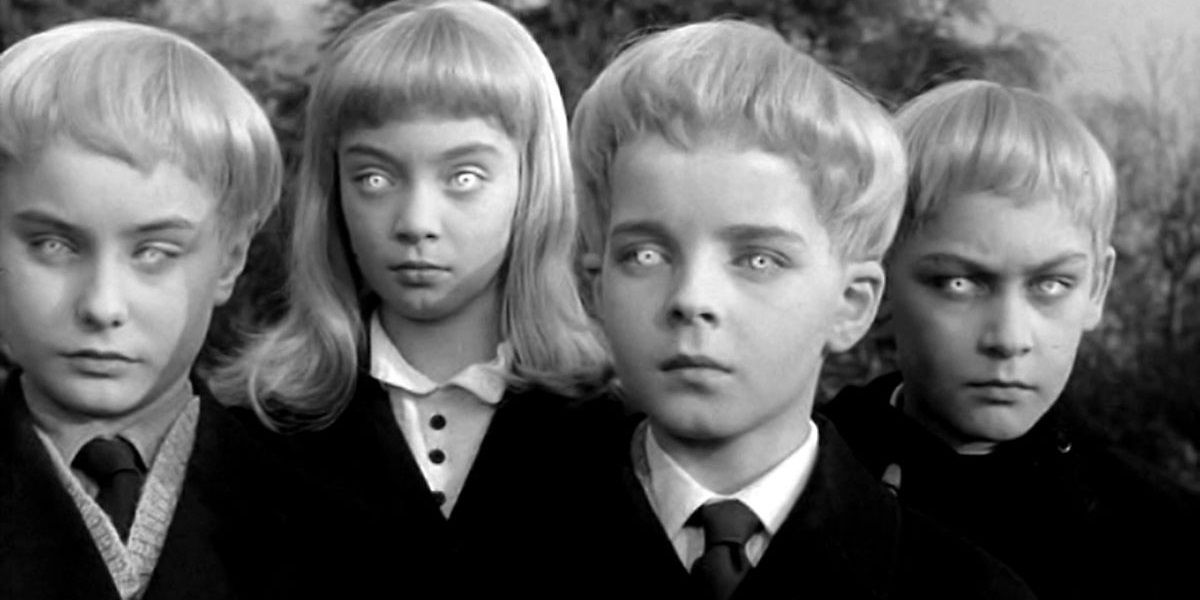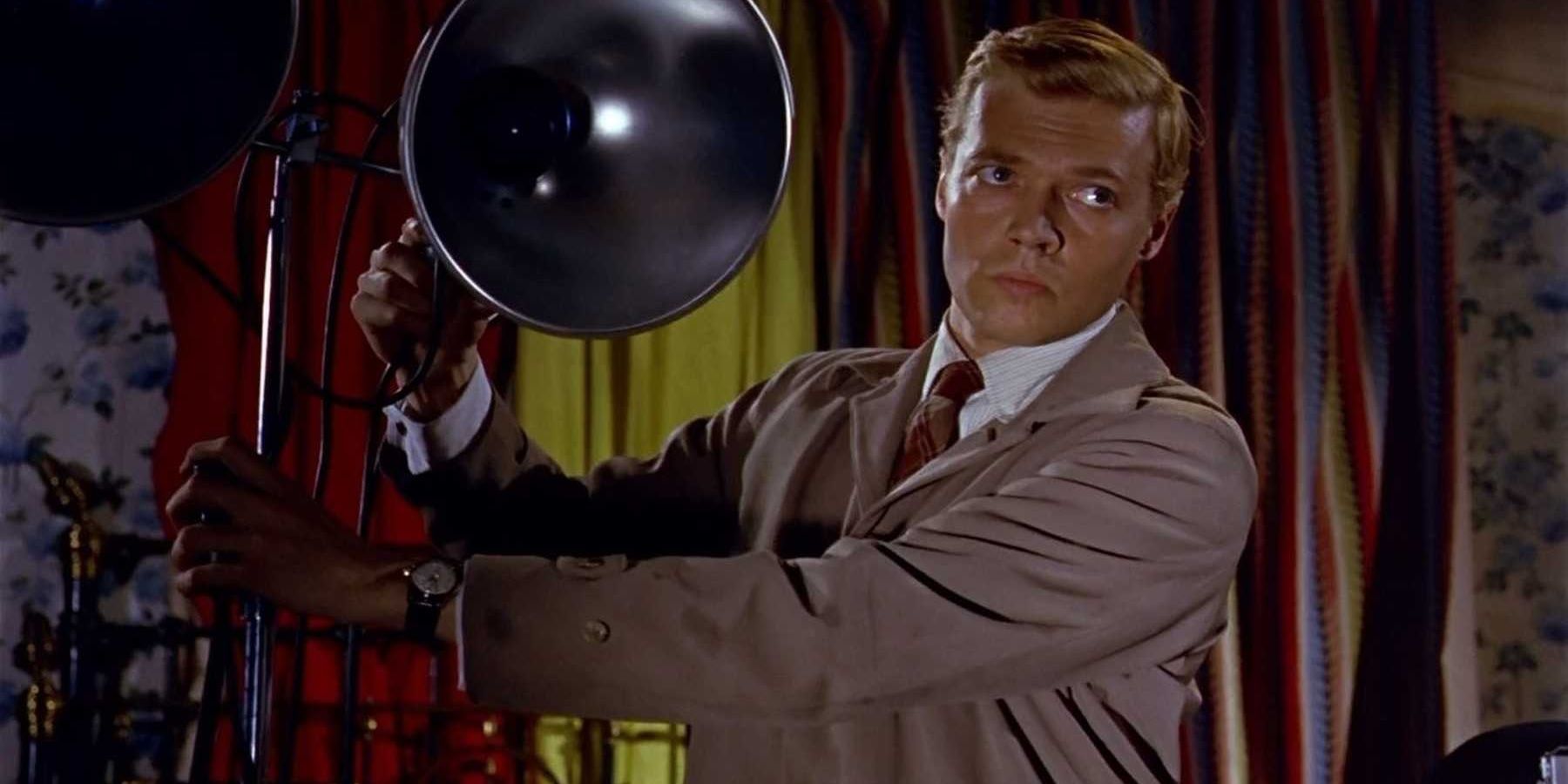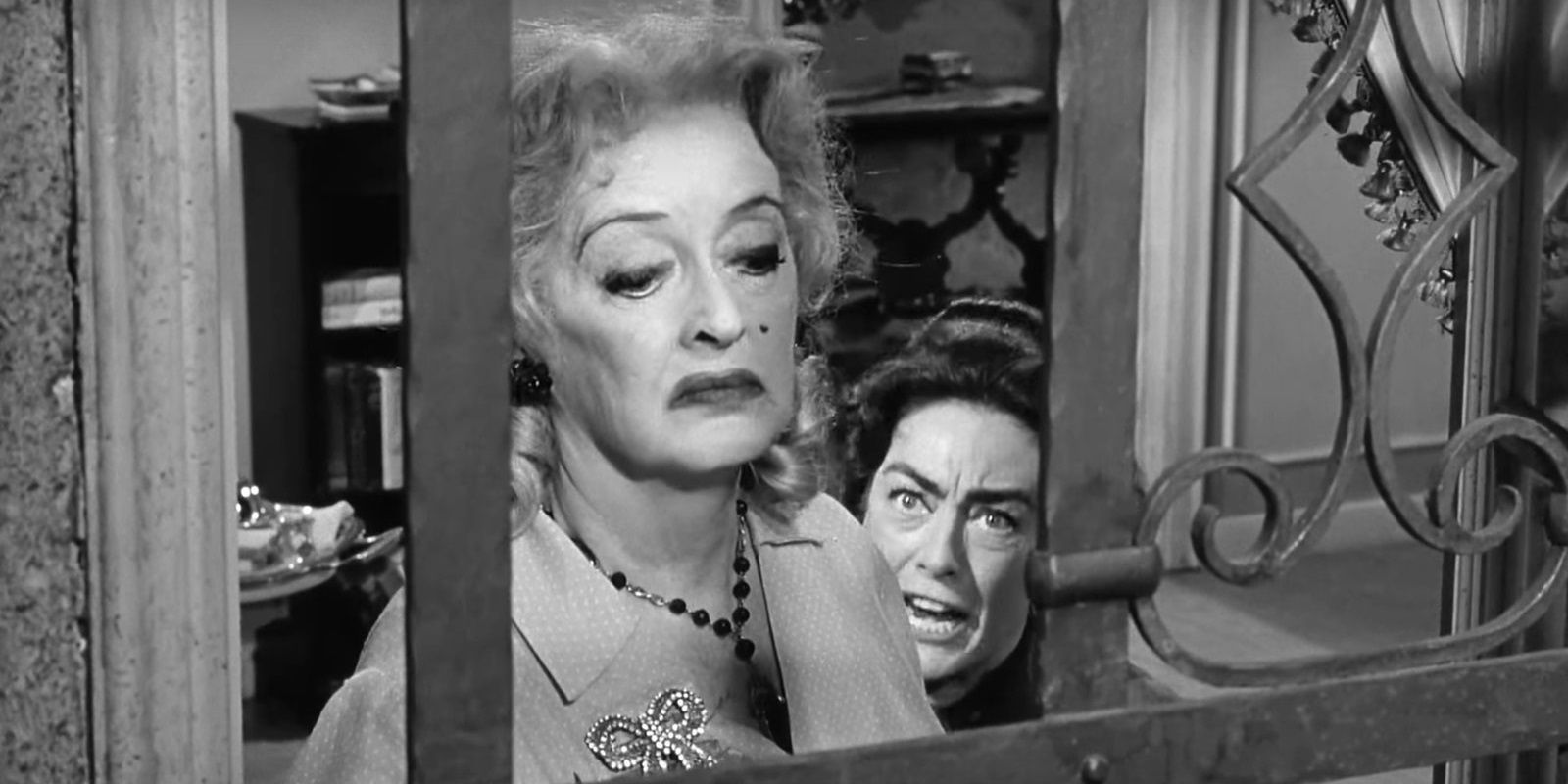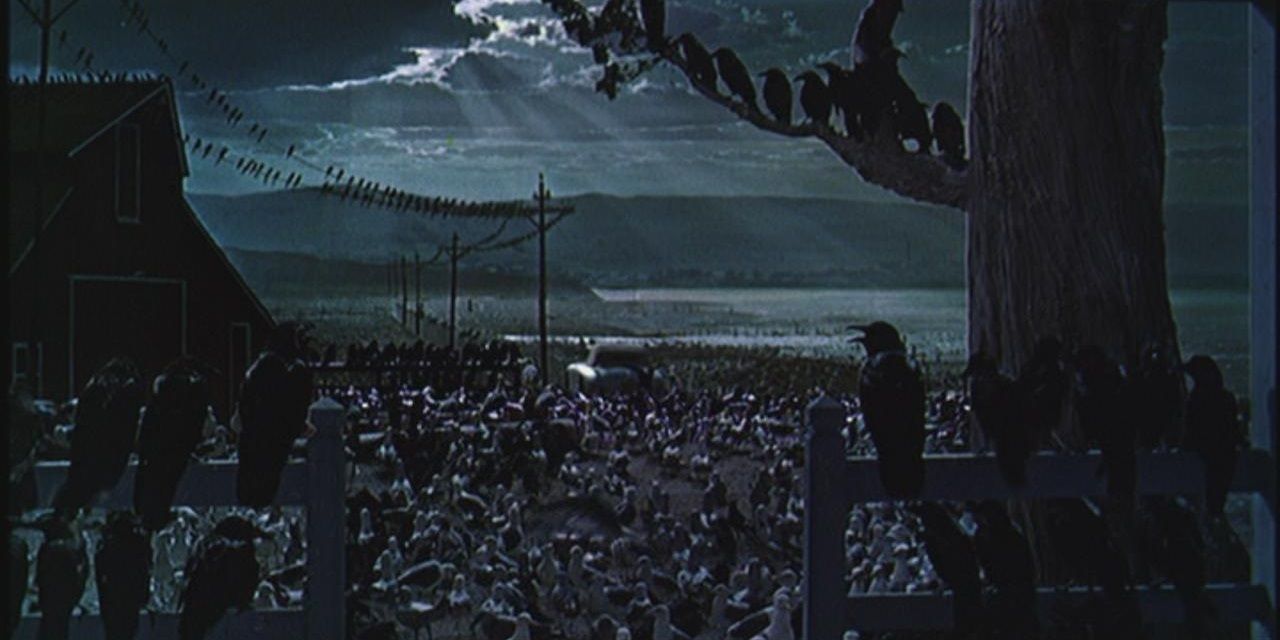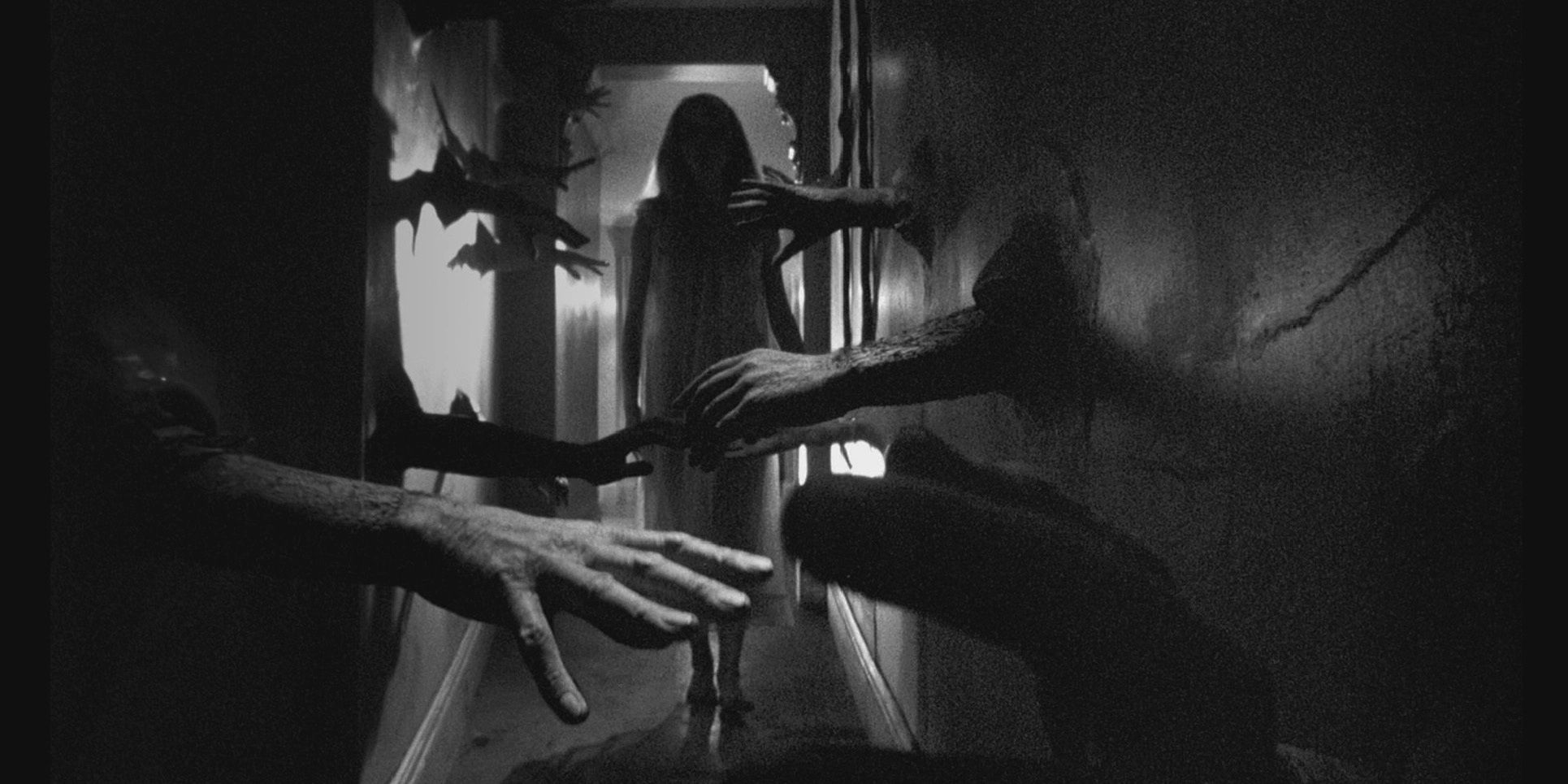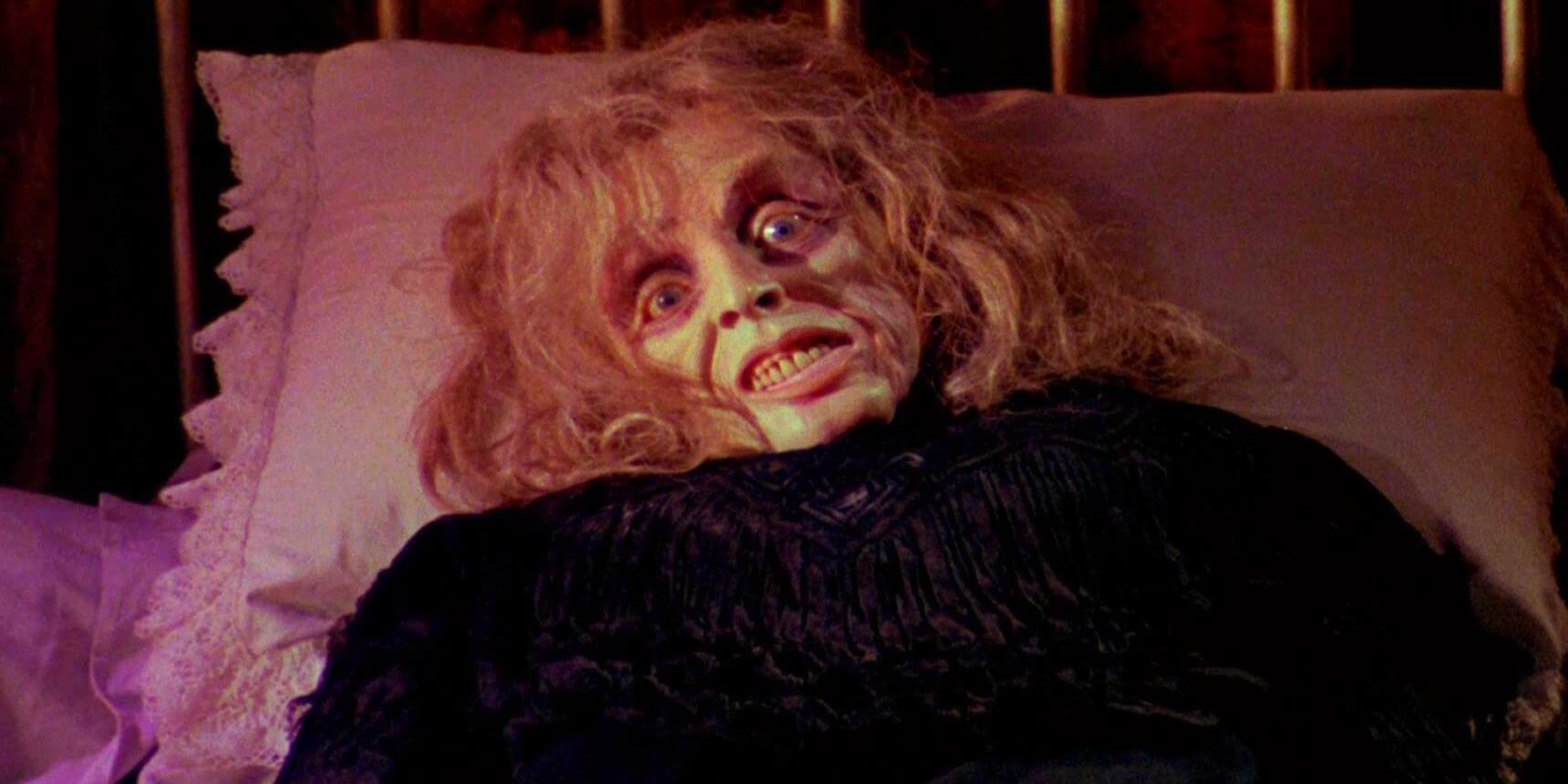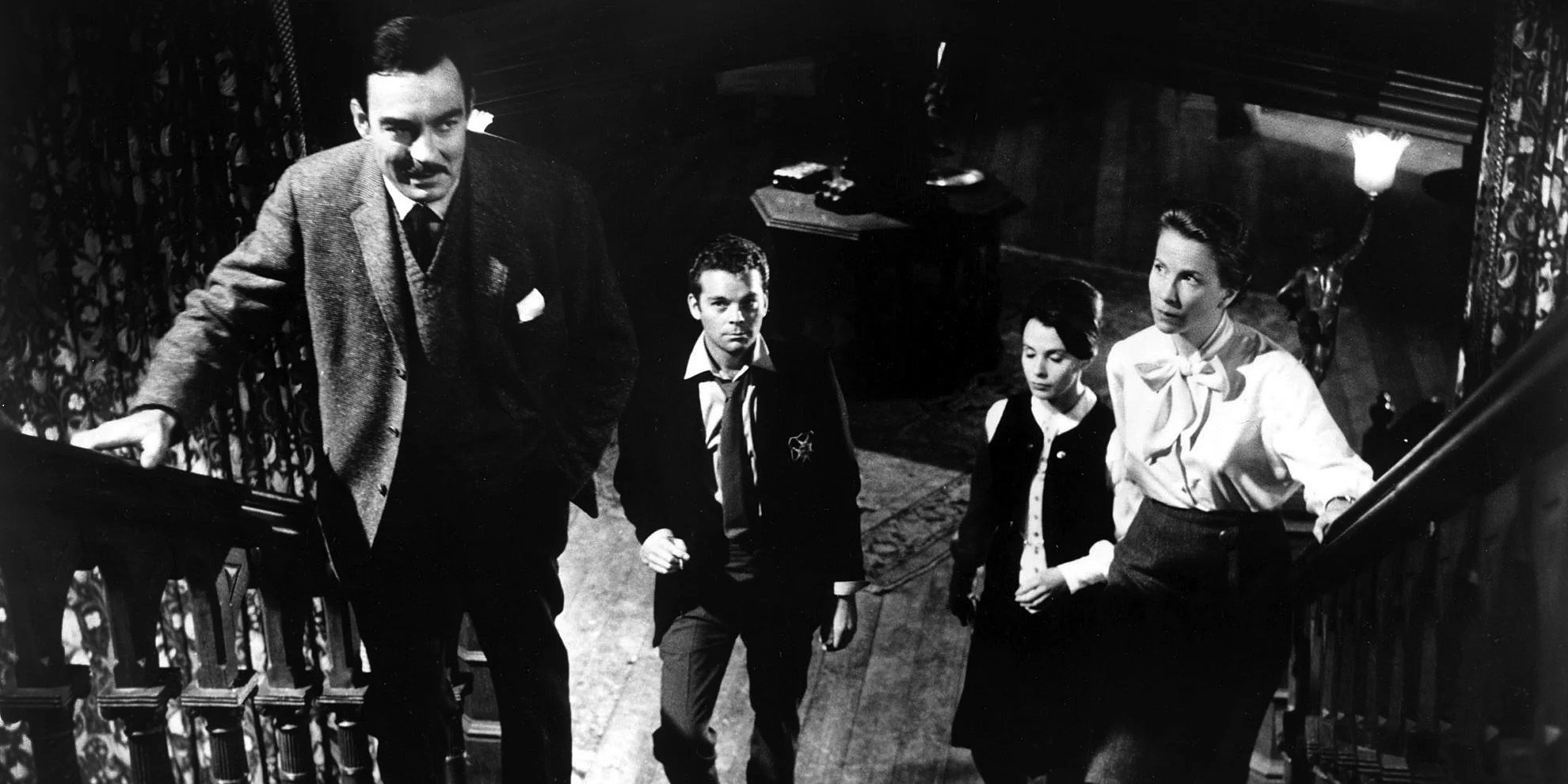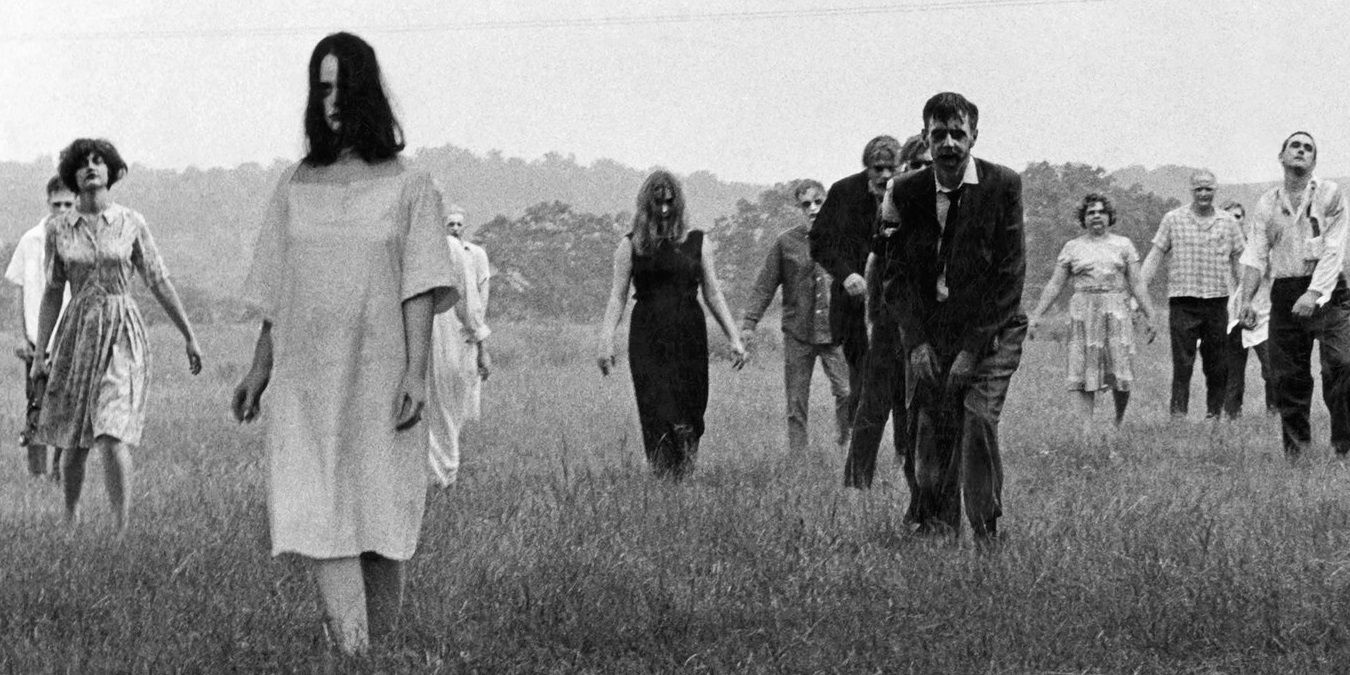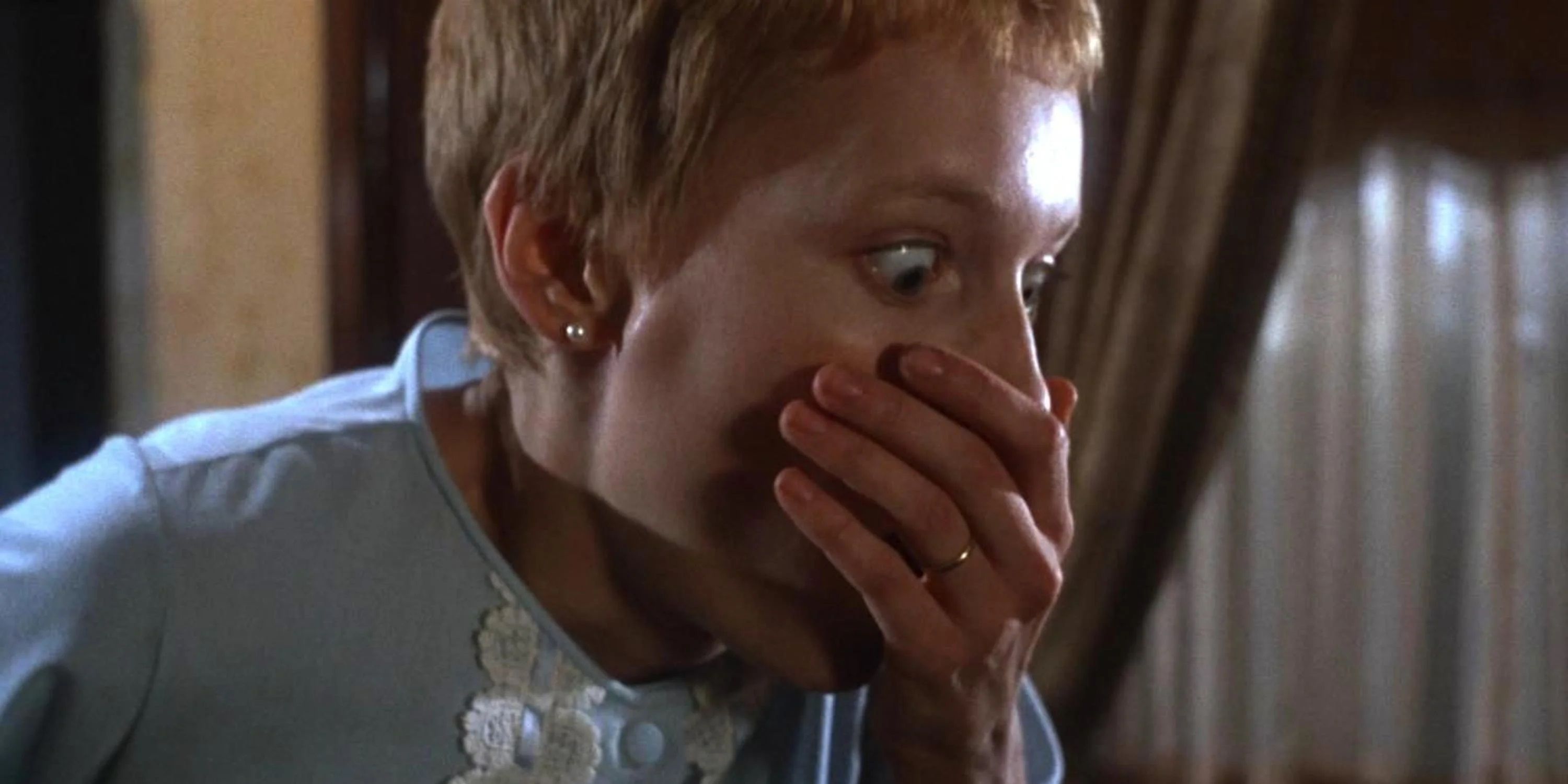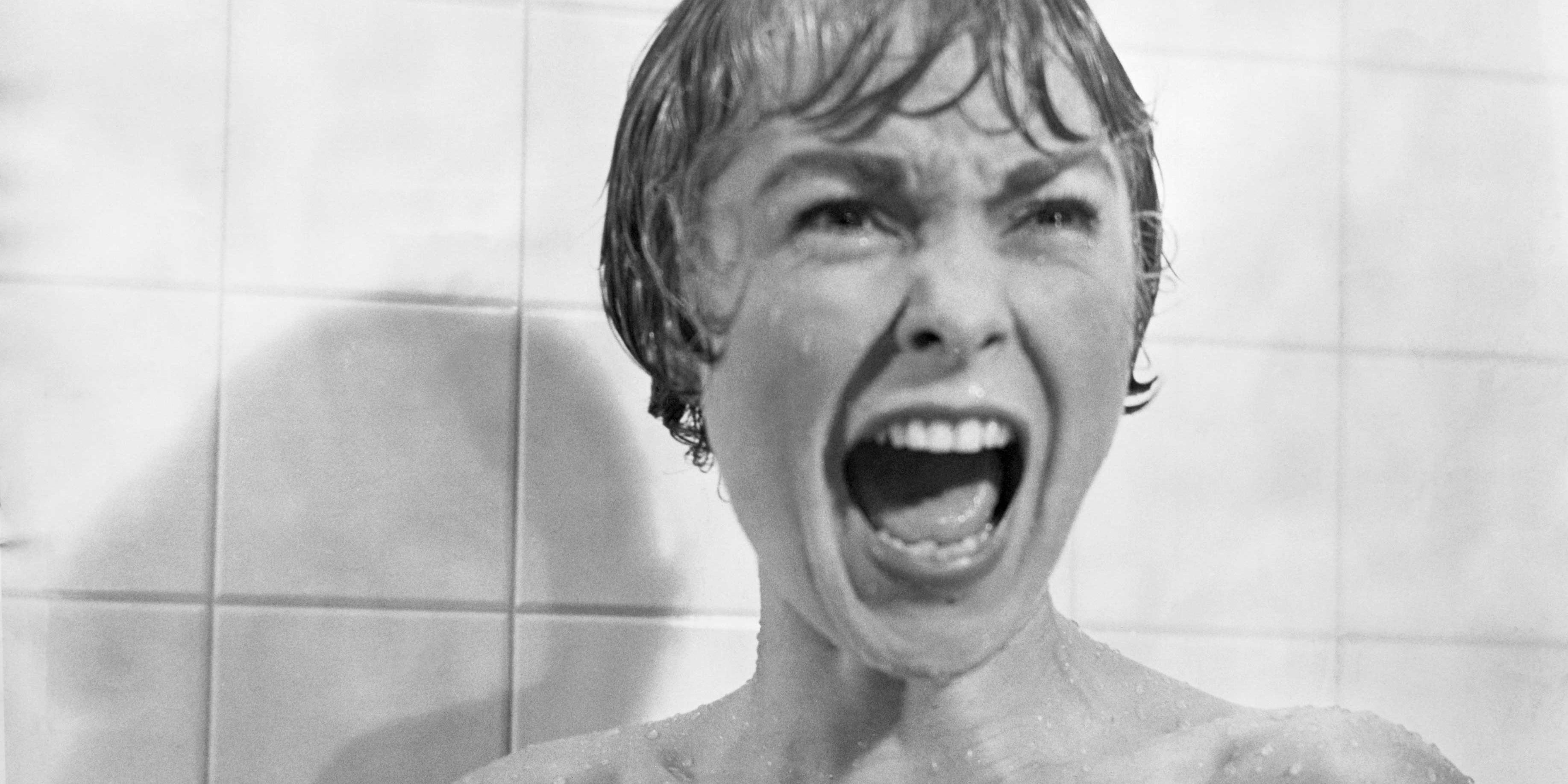Although the slashers of the 80s and the psychological thrillers of the 90s are wildly popular among horror fans, the genre’s admirers can often neglect old classics because they have a slower pace than modern movies or some of them are in black-and-white, which is like Kryptonite to some contemporary moviegoers. But, it’s important to look into the history of horror cinema.
The genre had a great decade in the 1960s, with legendary directors like Alfred Hitchcock and George A. Romero regularly turning out terrifying masterpieces. Some of the most essential horror movies ever made were released in the 60s.
Village Of The Damned (1960)
More than half a century later, there are few images more horrifying than the glowing eyes of the ominously supernaturally gifted children in Wolf Rilla’s Village of the Damned. Based on the work of iconic sci-fi author John Wyndham, Village of the Damned is a chilling tale, told masterfully with Rilla’s minimalist style and a palpable eerie atmosphere.
Peeping Tom (1960)
Michael Powell’s chilling psychological thriller Peeping Tom revolves around a deranged filmmaker who murders women and films the final moments of their lives. The stakes are raised when his neighbor becomes suspicious and checks out one of his creepy home movies.
The visual nature of voyeurism makes it the ideal subject matter for a horror movie. Negative reactions to the film’s graphic content really hurt Powell’s career, but Peeping Tom has since been re-evaluated as a masterpiece.
What Ever Happened To Baby Jane? (1962)
The first and still the best movie of the “psycho-biddy” horror subgenre, What Ever Happened to Baby Jane? revolves around a bitter aging ex-starlet who keeps her more popular sister, now confined to a wheelchair, locked in her Hollywood mansion.
A real animosity developed between stars Bette Davis and Joan Crawford on the set of the movie, which ended up bringing a real edge to their on-screen dynamic.
The Birds (1963)
Loosely based on Daphne du Maurier’s story of the same name, Alfred Hitchcock’s The Birds starts off with a simplistic B-movie premise—birds begin inexplicably attacking humans—and turns it into a cinematic masterwork through the use of suspense-building editing techniques.
Although Tippi Hedren went through a #MeToo nightmare on the set of The Birds, which is inexcusable, she also gave one of her finest performances as early scream queen Melanie Daniels.
Repulsion (1965)
Roman Polanski’s Repulsion revolves around a woman who finds men physically abhorrent. Her sister leaves her in her apartment for a few days while she’s on vacation with her boyfriend, and the isolation drives her crazy as she hallucinates sexual attacks and the walls coming to life.
From the truly haunting nightmare sequences to the insinuations of a disturbing backstory, Repulsion is a masterpiece of character-driven horror.
Black Sabbath (1963)
The structure of Mario Bava’s Black Sabbath provided the groundwork for Quentin Tarantino’s initial concept for Pulp Fiction. It’s one of the most iconic anthology movies ever made.
Horror anthologies rarely make for great movies, because the segments are always a mixed bag. For example, Twilight Zone: The Movie rests entirely on the shoulders of George Miller’s “Nightmare at 20,000 Feet” segment. But, Black Sabbath is a rare example where all the shorts in the anthology are suitably spooky. What's more, it helped to inspire the seminal 1970s metal band of the same name.
The Haunting (1963)
Robert Wise’s The Haunting is one of the most influential haunted house movies ever made. It revolves around a paranormal investigator bringing a group of people to a mansion to figure out whether or not it’s haunted, as is claimed.
Martin Scorsese has named The Haunting as the scariest horror movie ever made. It has one of the most effective jump scares in the genre’s history.
Night Of The Living Dead (1968)
George A. Romero didn’t create zombies—they were already very prominent in Haitian folklore—but he did create the commonly accepted modern zombie mythology with Night of the Living Dead. The movie’s cruel ending is one of the best final scenes in horror movie history.
On top of establishing zombie lore, Night of the Living Dead uses genre thrills to convey social commentary about racism in the 60s. In this sense, it was one of the main influences on Jordan Peele’s groundbreaking social thriller Get Out.
Rosemary’s Baby (1968)
Mia Farrow gave the performance of a lifetime in the eponymous role in Rosemary’s Baby. She plays a pregnant woman who begins to suspect that a Satanist cult wants to take her baby for their rituals. Adapted from the Ira Levin novel of the same name, Rosemary’s Baby perfectly captures themes of paranoia, women’s rights, and the occult.
One of the cornerstones of arthouse horror cinema, Rosemary’s Baby ends with perhaps the most unsettling ending in movie history.
Psycho (1960)
Alfred Hitchcock’s Psycho just might be the greatest thriller ever put on film. Everyone knows the iconic shower murder, but this movie is beautifully structured around its midpoint twist, and it saves its most shocking revelation until the final moments.
Norman Bates is one of the most terrifying villains in film history, while Joseph Stefano’s screenplay brilliantly plays on the audience’s expectations.

